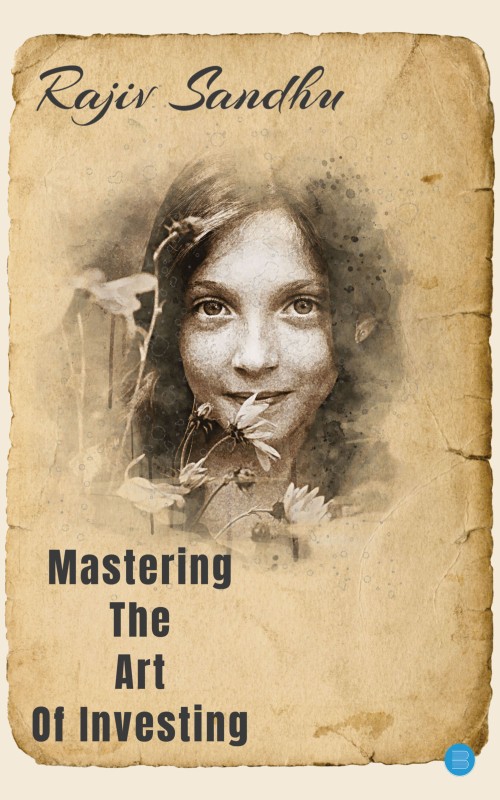Mastering The Art Of Investing
by Rajiv Sandhu | 05-Jun-2023
(0)
Mastering the art of investing can be a complex process that requires a deep understanding of the financial markets, a solid investment strategy, and the discipline to stick with that strategy over the long-term. However, with the right mindset an...
Original
Books
Fastest
Delivery
7-day
Replacement
Book Details
- Language : English
- Pages : 135
- ISBN : 9789393384676
- Genre: NON-FICTION
- Size : 5" x 8"
- Binding Type : PAPERBACK
- Age Group: 14 - 60 Years
- Paper Type : NATURAL SHADE
- Interior : BLACK & WHITE
- Cover : GLOSS FINISH
- Book Type : PAPERBACK
- Tags : Mastering The Art Of Investing,Non - Fiction
-
Best Sellers Rank :
#1717 in Non - Fiction
#6570 in Global
Reviews
There are no reviews for this product yet.

 USD
($)
USD
($) AUD
($)
AUD
($) CAD
($)
CAD
($) EUR
(€)
EUR
(€) HKD
($)
HKD
($) GBP
(£)
GBP
(£) SGD
($)
SGD
($)








